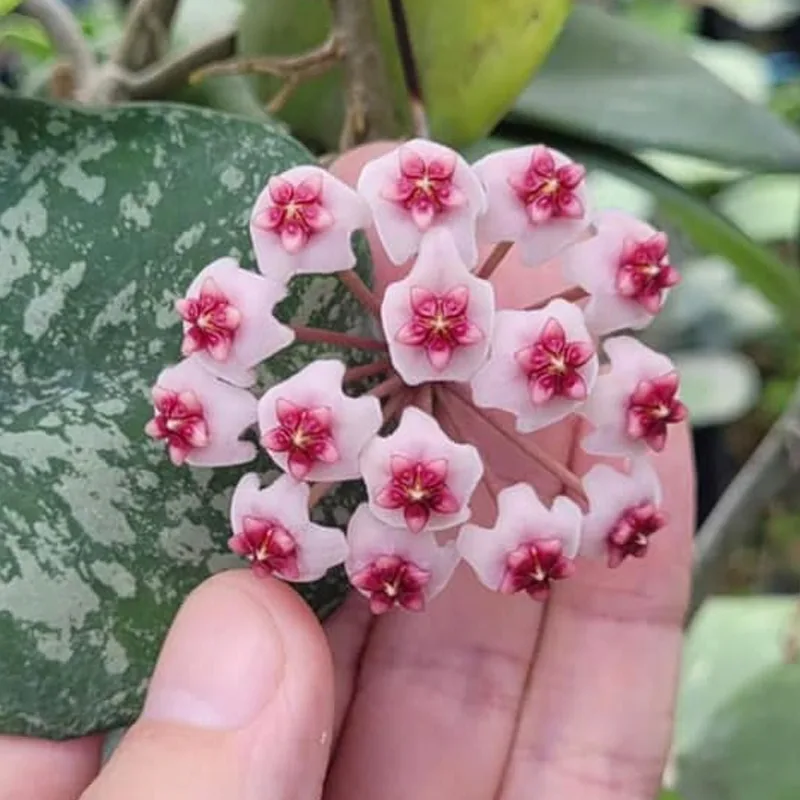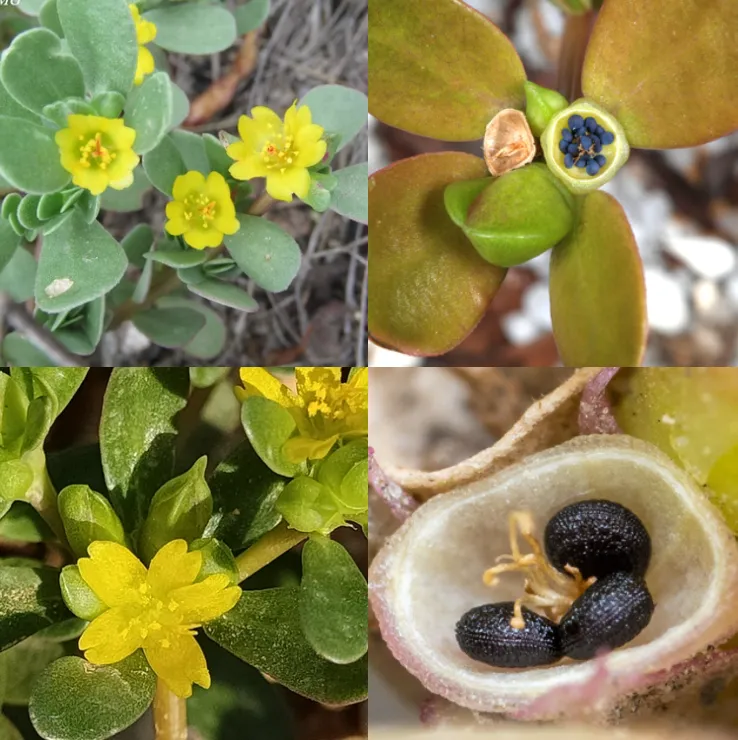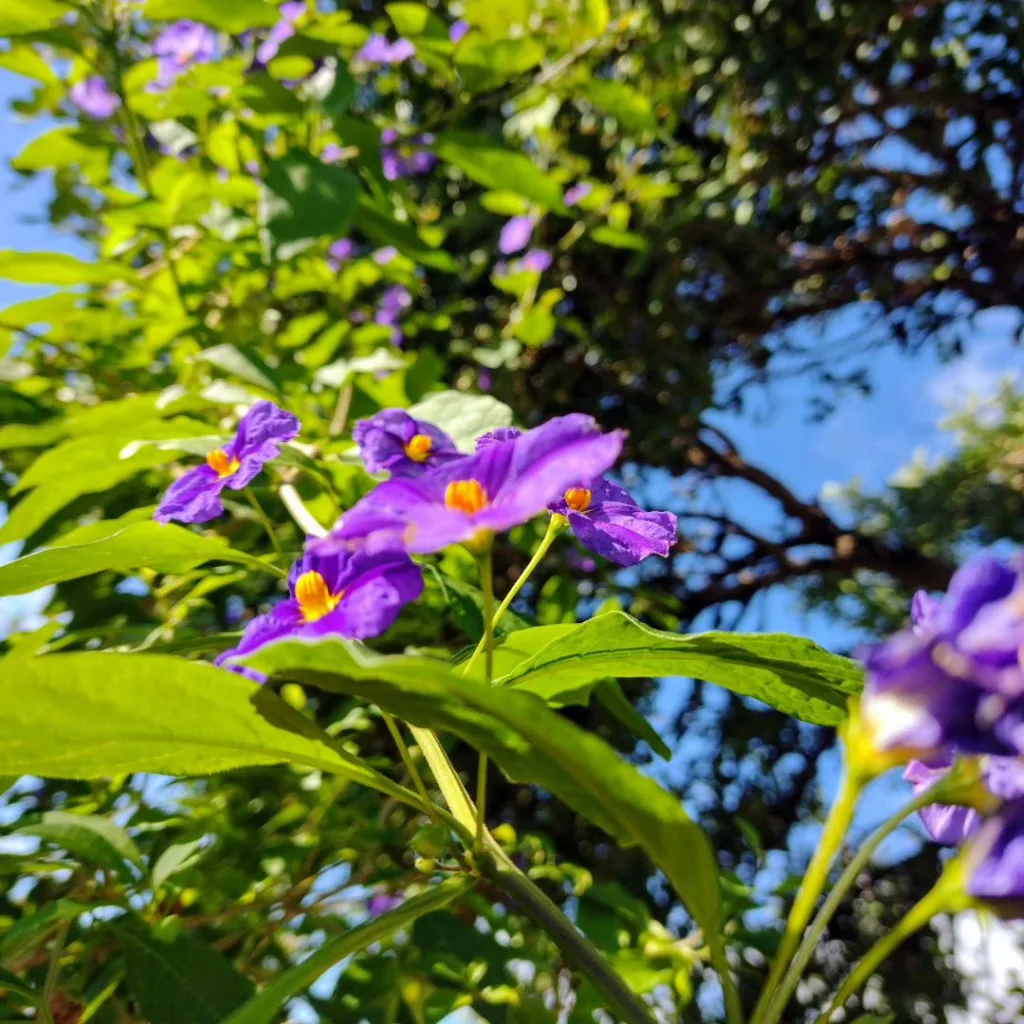Unveiling the Solanaceae: A Plant Family Close to My Heart
As a plant enthusiast, I’ve always been fascinated by the diversity and intricacies of the botanical world. Among the countless plant families that pique my interest, the Solanaceae, or nightshade family, holds a special place in my heart. From the humble potato to the vibrant petunia, this family boasts a vast array of plants that have significantly impacted human civilization and continue to captivate us with their unique characteristics.
The Solanaceae’s Rich Tapestry of Genera
The Solanaceae family is a treasure trove of botanical diversity, encompassing over 2,700 species across 102 genera. This remarkable variety is a testament to the family’s adaptability and evolutionary success. From sprawling vines to towering trees, the Solanaceae showcase a wide range of growth habits, making them a fascinating subject of study for botanists and nature lovers alike.
- Solanum: This genus is the largest in the family, boasting over 1,200 species, including the economically important potato, tomato, and eggplant. – 1238 Species in Genus Solanum
- Capsicum: This genus is renowned for its pungent fruits, which include various chili peppers that add spice and flavor to cuisines worldwide. – 43 Species in Genus Capsicum
- Nicotiana: This genus is famous for its tobacco plants, which have played a significant role in human history, both culturally and economically. – 105 Species in Genus Nicotiana
- Datura: This genus comprises various plants with striking trumpet-shaped flowers and potent alkaloids, often used in traditional medicine and spiritual practices. – 14 Species in Genus Datura
- Petunia: This genus is beloved for its vibrant, colorful flowers that adorn gardens and landscapes across the globe. – 17 Species in Genus Petunia
- Brugmansia: This genus, also known as angel’s trumpets, features large, pendulous flowers that emit a captivating fragrance, especially at night. – 9 Species in Genus Brugmansia
- Withania: This genus includes the medicinal plant Withania somnifera, commonly known as ashwagandha, which has been used in Ayurvedic medicine for centuries. – 19 Species in Genus Withania
- Alkekengi Mill.
- Anisodus Link ex Spreng.
- Anthocercis Labill.
- Anthotroche Endl.
- Athenaea Sendtn.
- Atrichodendron Gagnep.
- Atropa L.
- Atropanthe Pascher
- Benthamiella Speg.
- Bouchetia DC. ex Dunal
- Brachistus Miers
- Browallia L. – 24 Species in Genus Browallia
- Brunfelsia Plum. ex L. – 49 Species in Genus Brunfelsia
- Calibrachoa Cerv. – 31 Species in Genus Calibrachoa
- Calliphysalis Whitson
- Capsicophysalis (Bitter) Averett & M.Martínez
- Cataracta Zamora-Tav., O.Vargas & M.Martínez
- Cestrum L. – 230 Species in Genus Cestrum
- Chamaesaracha (A.Gray) Benth.
- Coeloneurum Radlk.
- Combera Sandwith
- Crenidium Haegi
- Cuatresia Hunz.
- Cyphanthera Miers
- Darcyanthus Hunz. ex N.A.Harriman
- Deprea Raf.
- Discopodium Hochst.
- Doselia A.Orejuela & Särkinen
- Duboisia R.Br.
- Duckeodendron Kuhlm.
- Dunalia Kunth
- Dyssochroma Miers
- Eriolarynx (Hunz.) Hunz.
- Espadaea A.Rich.
- Exodeconus Raf.
- Fabiana Ruiz & Pav. – 16 Species in Genus Fabiana
- Goetzea Wydler
- Grammosolen Haegi
- Hawkesiophyton Hunz.
- Henoonia Griseb.
- Heteranthia Nees & Mart.
- Hunzikeria D’Arcy
- Hyoscyamus Tourn. ex L. – 31 Species in Genus Hyoscyamus
- Iochroma Benth.
- Jaborosa Juss.
- Jaltomata Schltdl.
- Juanulloa Ruiz & Pav.
- Latua Phil.
- Leptoglossis Benth.
- Leucophysalis Rydb.
- Lycianthes (Dunal) Hassl.
- Lycium L. – 101 Species in Genus Lycium
- Mandragora L. – 4 Species in Genus Mandragora
- Markea Rich.
- Melananthus Walp.
- Mellissia Hook.f.
- Merinthopodium Donn.Sm.
- Metternichia J.C.Mikan
- Nectouxia Kunth
- Nicandra Adans.
- Nierembergia Ruiz & Pav.
- Nolana L.
- Nothocestrum A.Gray
- Oryctes S.Watson
- Pantacantha Speg.
- Physalis L. – 95 Species in Genus Physalis
- Physochlaina G.Don
- Plowmania Hunz. & Subils
- Poortmannia Drake
- Protoschwenkia Soler.
- Przewalskia Maxim.
- Quincula Raf.
- Reyesia Clos
- Salpichroa Miers
- Salpiglossis Ruiz & Pav. – 3 Species in Genus Salpiglossis
- Saracha Ruiz & Pav.
- Schizanthus Ruiz & Pav.
- Schraderanthus Averett
- Schultesianthus Hunz.
- Schwenckia L.
- Sclerophylax Miers
- Scopolia Jacq.
- Sessea Ruiz & Pav.
- Solandra Sw.
- Streptosolen Miers
- Symonanthus Haegi
- Trianaea Planch. & Linden
- Trompettia J.Dupin
- Trozelia Raf.
- Tsoala Bosser & D’Arcy
- Tubocapsicum Makino
- Tzeltalia E.Estrada & M.Martínez
- Vassobia Rusby
- Vestia Willd.
- Witheringia L’Hér.
The Solanaceae’s Impact on Human Civilization
The Solanaceae family has played a pivotal role in shaping human civilization, providing us with essential food crops, medicinal plants, and ornamental species that enrich our lives. The potato, tomato, and eggplant have become staples in cuisines worldwide, while chili peppers add zest and flavor to countless dishes. Tobacco, despite its controversial nature, has been a significant cultural and economic commodity for centuries.
Beyond their culinary and economic importance, Solanaceae plants have also contributed to traditional medicine and spiritual practices. Ashwagandha, for instance, is revered in Ayurveda for its adaptogenic properties, while datura plants have been used in shamanic rituals and spiritual ceremonies for their psychoactive effects.
The Solanaceae’s Allure and Challenges
The Solanaceae family’s allure lies in its incredible diversity, adaptability, and the myriad ways it has intertwined with human civilization. From the vibrant colors of petunias to the pungent aroma of chili peppers, Solanaceae plants continue to captivate us with their unique characteristics.
However, the family also presents challenges, particularly regarding the toxicity of some of its members. Many Solanaceae plants contain alkaloids that can be poisonous if ingested, highlighting the importance of responsible cultivation and consumption.
As a plant enthusiast, I remain captivated by the Solanaceae family’s endless wonders. Its rich tapestry of genera, its profound impact on human civilization, and its inherent allure continue to inspire me to explore the botanical world with a sense of awe and curiosity. Whether it’s the humble potato or the exotic datura, each member of the Solanaceae family tells a unique story of evolution, adaptation, and the intricate relationship between plants and humans.
If i die, water my plants!


